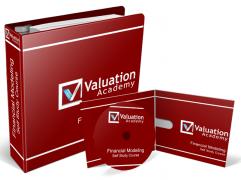The Capital Asset Pricing Model (CAPM) calculates the expected return on equity of an individual company. It is based on the expected rate of return on the market, the risk-free rate and the beta coefficient of an individual security or portfolio. Where, Re: Return on Equity Rf: risk-free rate E(Rm): expected rate of return on market, and […]
Most Favorited
Categories
